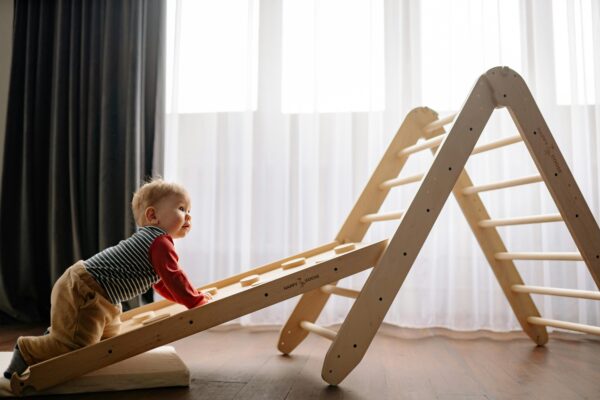In today’s busy world, children often feel overwhelmed or anxious about different things — from school exams to friendships, or even worries about family. As parents, helping kids manage their worries in a healthy way is essential. One simple and effective tool you can introduce is a worry box. Not only is it a fun craft project, but it also provides a safe space for children to express their feelings. Want to know how to make a worry box? Keep reading!
What is a Worry Box?
A worry box is a personalised container where children can put their worries, fears, or concerns. The idea is that writing down or drawing worries and placing them in the box helps children to acknowledge their feelings rather than bottling them up. It can be a calming routine that encourages open communication and emotional regulation.
Why Create a Worry Box?
Creating a worry box is more than just a craft activity. It serves as a visual reminder that worries are normal and manageable. It also empowers children to take control of their feelings, transforming anxiety into something tangible they can handle. Plus, it makes a lovely bonding activity for parents and kids!
How to Make a Worry Box: Step-by-Step Guide
1. Gather Your Materials
You’ll need some basic supplies:
- A small box (a shoebox, a tissue box, or a decorative craft box)
- Craft supplies (colourful paper, stickers, markers, paint)
- Scissors and glue
- Envelopes or small slips of paper
- Optional: decorations like glitter, ribbons, or stickers
2. Personalise Your Box
Start by decorating the box to make it appealing and special for your child. Let them use their creativity: they can paint it, stick colourful paper or stickers, or write their favourite designs. The goal is to make it inviting so they’ll want to use it regularly.
3. Create Worry Slips
Prepare small slips of paper or envelopes. These will be where your child writes or draws their worries. Encourage them to express their feelings honestly — it can be through words, doodles, or symbols.
4. Establish a Routine
Set a specific time each day or week for your child to add worries to the box. This could be after school, before bed, or during a calm moment. Reinforcing the routine helps children feel supported and understood.
5. Discuss and Reflect
When your child adds a worry, spend a moment listening and discussing. You can reassure them that worries are normal and that they’re not alone. If appropriate, help them think of solutions or comforting thoughts.
Additional Tips for Using a Worry Box
- Keep it positive: Encourage your child to also add positive thoughts or things they’re grateful for inside the box.
- Make it accessible: Keep the worry box in a convenient spot so your child can use it whenever needed.
- Respect their privacy: Remember, the worry box is a safe space. Respect their privacy if they choose not to share what’s inside.
Final Thoughts
A worry box is a simple yet powerful tool to support your child’s emotional wellbeing. By creating one together, you’re not only fostering creativity but also teaching them healthy ways to handle worries. Remember, the key is to listen, reassure, and be there for your little one through all their feelings. So why not start today? Grab some supplies, get crafty, and help your child turn worries into manageable moments of reflection.
In conclusion, learning how to make a worry box is an easy, meaningful activity that can make a big difference in your child’s emotional health. Give it a try, and watch as your child feels more empowered and supported in their journey to manage worries effectively.






